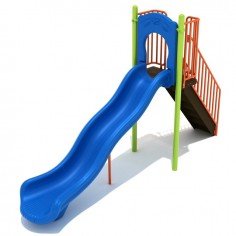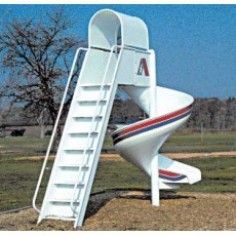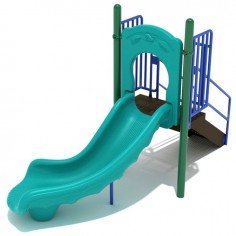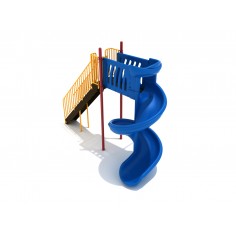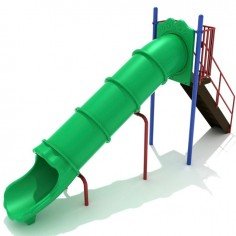How to Choose Heavy-Duty Slides by Shape and Material
-
$2,602.00
-
$2,732.00
-
$2,836.00
-
$3,334.00
-
$3,568.00
-
$3,656.00
-
$3,886.00
-
$4,006.00
-
$4,006.00
-
$4,052.00
-
$4,052.00
-
$4,338.00
-
$4,338.00
-
$4,528.00
-
$4,528.00
-
$5,086.00
-
$5,122.00
-
$5,468.00
-
$5,534.00
-
$5,534.00
-
$5,612.00
-
$6,040.00
-
$6,040.00
-
$6,048.00
-
$6,122.00
-
$6,954.00
-
$6,988.00
-
$7,514.00
-
$7,716.00
-
$7,888.00
-
$8,396.00
-
$8,396.00
-
$8,624.00
-
$9,700.00
-
$10,196.00
-
$10,638.00
-
$11,822.00
-
$11,910.00
-
$11,912.00
-
$12,062.00
-
$12,408.00
-
$12,692.00
-
$13,260.00
-
$13,484.00
-
$13,690.00
-
$13,856.00
-
$14,274.00
-
$14,898.00
-
$15,060.00
-
$15,136.00
-
$15,172.00
-
$16,364.00
-
$17,608.00
-
$19,058.00
-
$19,096.00
-
$21,022.00
-
$26,224.00
 Play is fun and easy and shouldn't be the cause of anyone's stress. But the creative engineering behind playground slides alone can be a headache for people simply looking to provide recreational activities for kids in their communities. Design, safety, and material regulations loom like rain clouds over the planning and construction phases, and as anyone who has ever spent time on a playground installation site can tell you, rain is the enemy.
Play is fun and easy and shouldn't be the cause of anyone's stress. But the creative engineering behind playground slides alone can be a headache for people simply looking to provide recreational activities for kids in their communities. Design, safety, and material regulations loom like rain clouds over the planning and construction phases, and as anyone who has ever spent time on a playground installation site can tell you, rain is the enemy.
But choosing fun slides, commercial or residential, doesn't have to be difficult. Rather than getting bogged down with choices and consequences, let us walk you through the big decision points in constructing a safe small or large playground slide that's fun for all ages.
What Size and Shape Do You Prefer?
When choosing a playground slide, the most obvious thing you'll need to decide on is its shape and size.
Freestanding slides are structures that stand alone, but most slides these days are incorporated into larger playsets. If you're buying a slide to attach to a play structure, note that the length of a slide is typically about twice the height of the slide. For example, a 10-foot slide would connect to a platform at least 5 feet from the ground.
Most smaller slides are single-piece molds that can have either straight, curved, or wavy paths. Sectional slides are big playground slides made from several sections instead of a single continuous piece. This type of large playground slide allows for creative curves. Spiral slides are also a popular choice. Almost any slide can be constructed either open or enclosed in a tube.
Consider the Material
For the many shapes and forms slides come in, there are relatively fewer options when it comes to the materials for construction. Generally, heavy-duty slides use steel, plastic, or fiberglass.
Steel is a classic choice for creating fun slides. It results in a playground slide that's both slick and durable, allowing children to reach higher speeds as they slide down.
Plastic isn't as durable as steel, but it is a safer and cheaper material. Today, plastic heavy-duty slides are the most common choice for fun slides in commercial play areas.
Fiberglass slides are most commonly large slides at water parks or high-end commercial establishments. It's rare to find fiberglass slides in a backyard or community playground.
Slides for playgrounds usually rely on steel posts for support near the exit, which help anchor the slide to the ground. Anchoring prevents vandalism and ensures more stability for a wider range of weights and sizes. Backyard slides do not always include such support, since the same anchoring techniques are not required by any standard.
Safety
ASTM standards cover all safety issues down the smallest details.
The “Use Zone” is an important concept in understanding these regulations. This is how much space is required around a structure to assure safety of its users. These regulations vary with regards to the age of the child, as well as the general playground design. Refer to the CPSC’s publication for in-depth descriptions on the required use zones for your play slide.

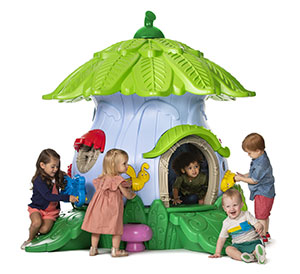
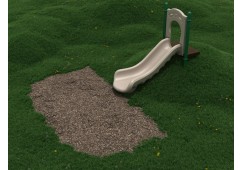
-242x170.jpg)
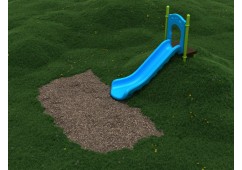
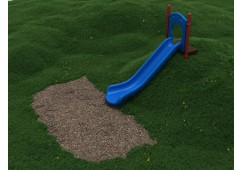
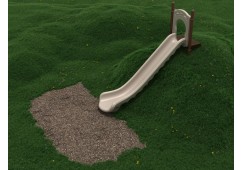
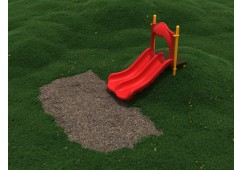
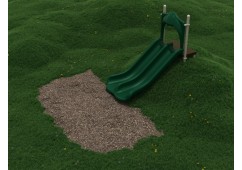
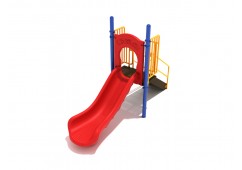
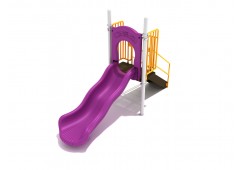
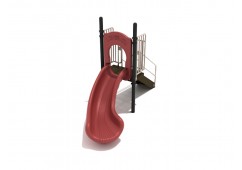
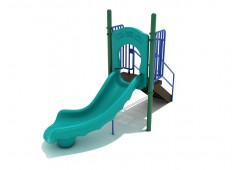
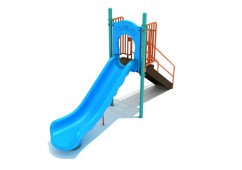
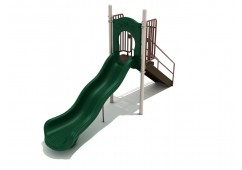
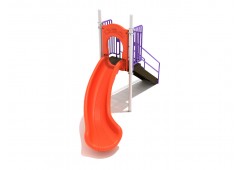
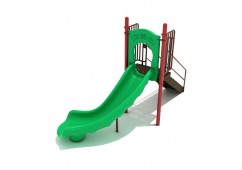
 (1)-242x170.jpg)
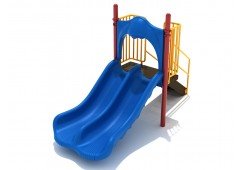
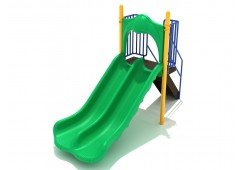
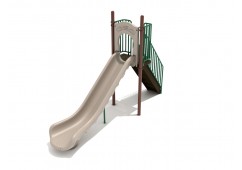
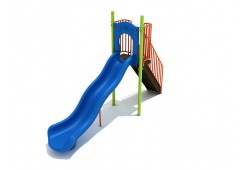
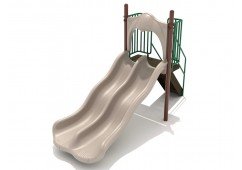
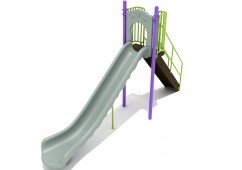
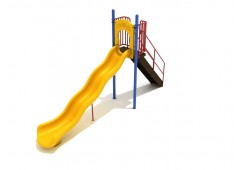
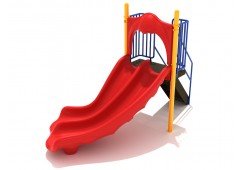
-242x170.jpg)
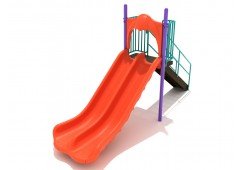
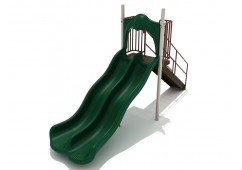
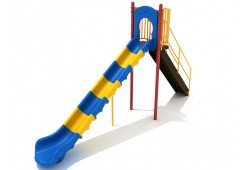
-242x170.jpg)
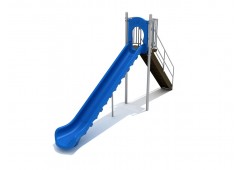
-242x170.jpg)

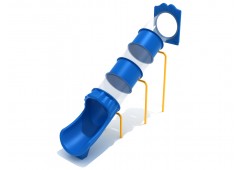
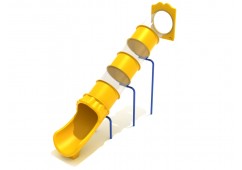
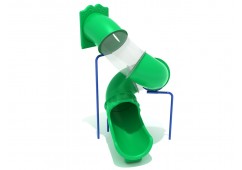
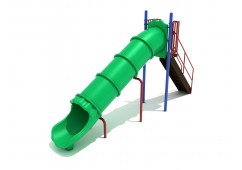
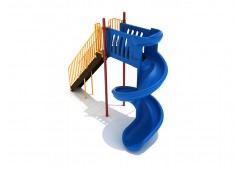
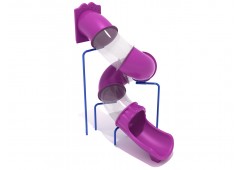
-242x170.jpg)
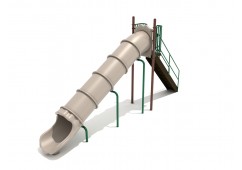
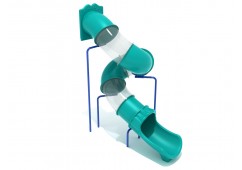
-242x170.jpg)
-242x170.jpg)
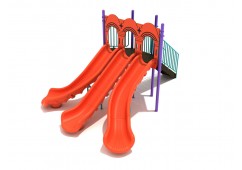
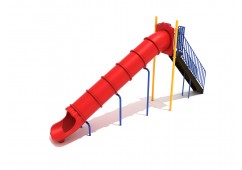
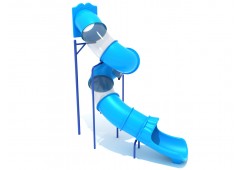
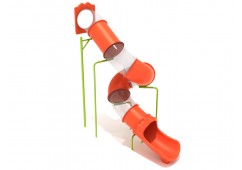
-242x170.jpg)
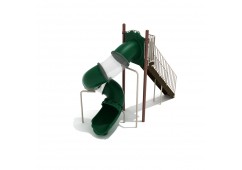
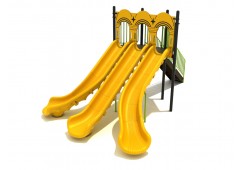
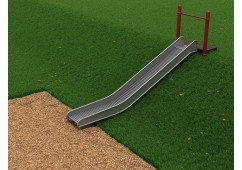
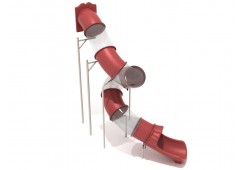
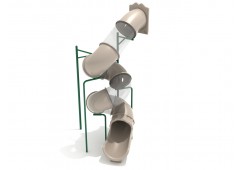
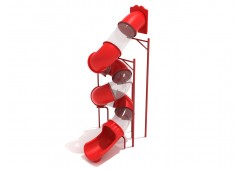
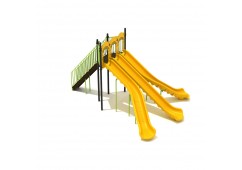
-242x170.jpg)
 (1)-242x170.jpg)
